Author: Drayton Everhart
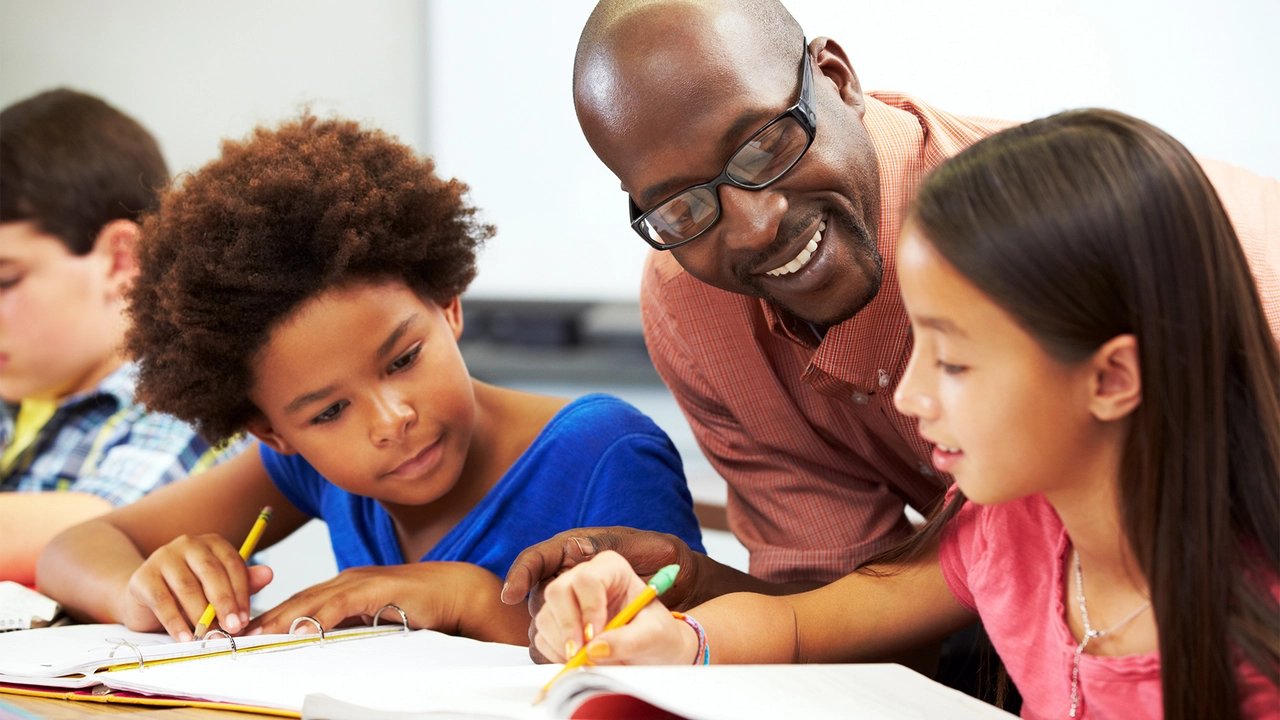
Would higher education work without professors?
by Drayton Everhart / 30 Jul 2023Well, here's a thought to tickle your brain cells - imagine universities without professors! Crazy, right? But let's dive into this wild ocean of possibilities. Technology could potentially fill the gap, with AI and online platforms providing customized lessons, but would we miss that human touch, the spark we get from a passionate educator? The verdict? Perhaps a professor-less education could work, but it might lack the soul and the occasional eccentricity that makes learning truly captivating!
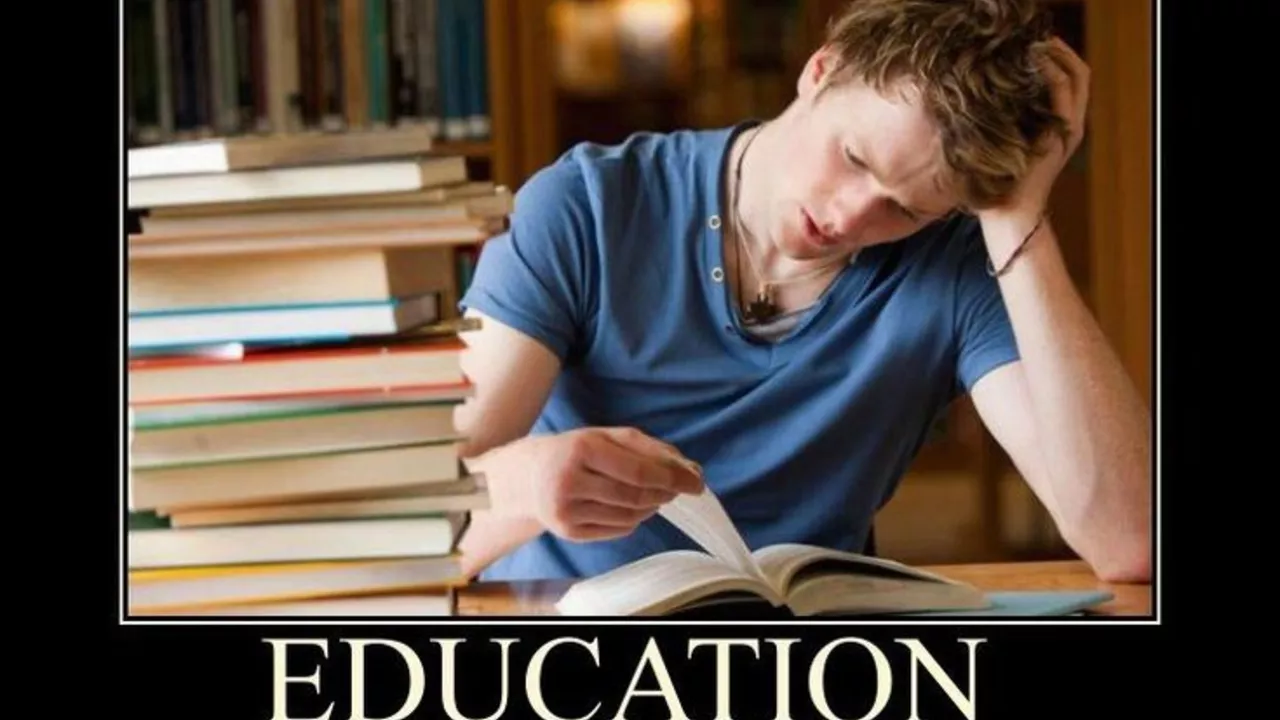
What are some funny quotes from public school?
by Drayton Everhart / 27 Jul 2023In my latest blog post, I've rounded up some of the most hilariously relatable quotes from public school. We've all had that one teacher who said something so weirdly funny, it stuck with us for years. Or those moments when a classmate's comment turns a dull lesson into a comedy show. From "I don't need math, I have a calculator," to "Why do I have to learn history, it's already happened," these quotes will take you on a laugh-filled trip down memory lane. Join me as we dive into the absurd and amusing world of public school lingo!

Why are Chromebooks bad for education?
by Drayton Everhart / 23 Jul 2023After researching and analyzing, I've found several reasons why Chromebooks might not be the best fit for educational purposes. First off, they are heavily reliant on the internet, which can be a significant drawback in areas with unstable connectivity. Secondly, the limited storage and processing power can restrict the types of programs and applications students can use for their studies. Also, the lack of compatibility with some software could hinder learning. Lastly, the device's durability has been questioned; many users report that Chromebooks are not as long-lasting as alternatives.
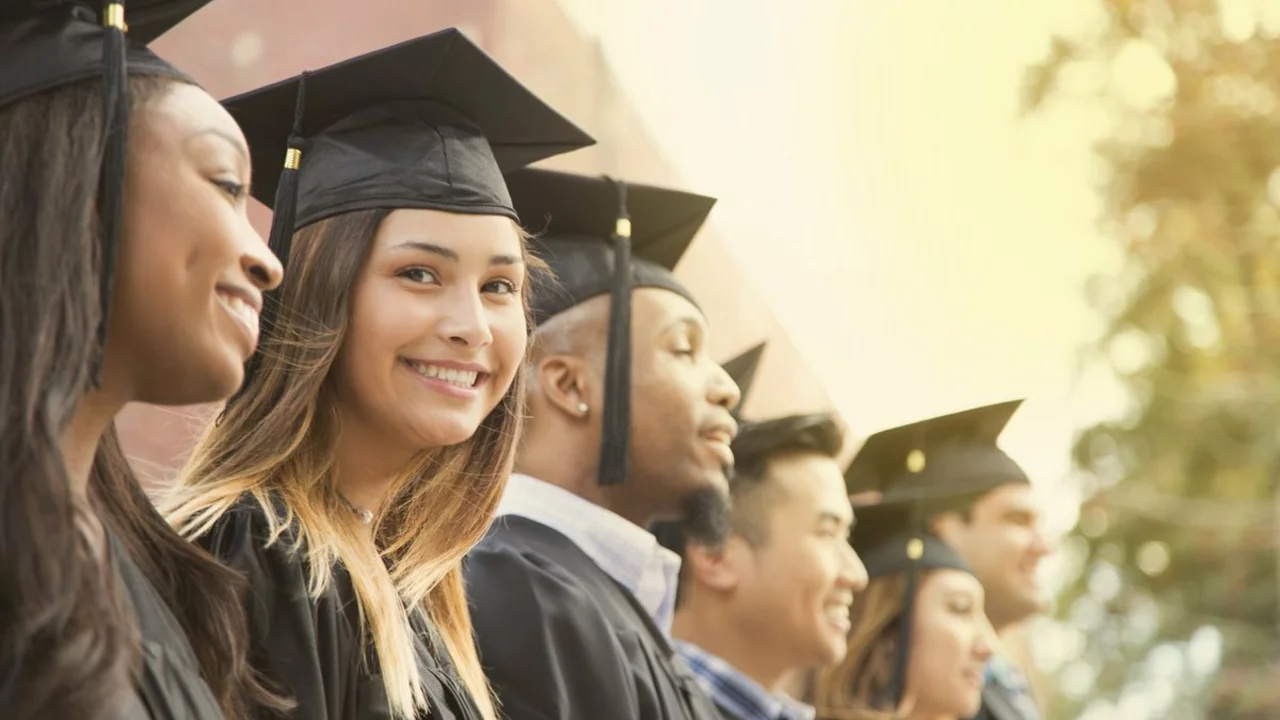
Is higher education broken in the USA?
by Drayton Everhart / 18 Jul 2023From my perspective, the U.S. higher education system is facing significant challenges. Skyrocketing tuition costs have made college education inaccessible for many, while student loan debt is crippling graduates financially. Additionally, there is a mismatch between the skills taught in universities and the needs of the labor market, leading to underemployment. Also, the emphasis on research over teaching in many institutions may compromise the quality of education. Lastly, the pandemic has exposed the fragility of the traditional college model, forcing us to rethink how education is delivered.
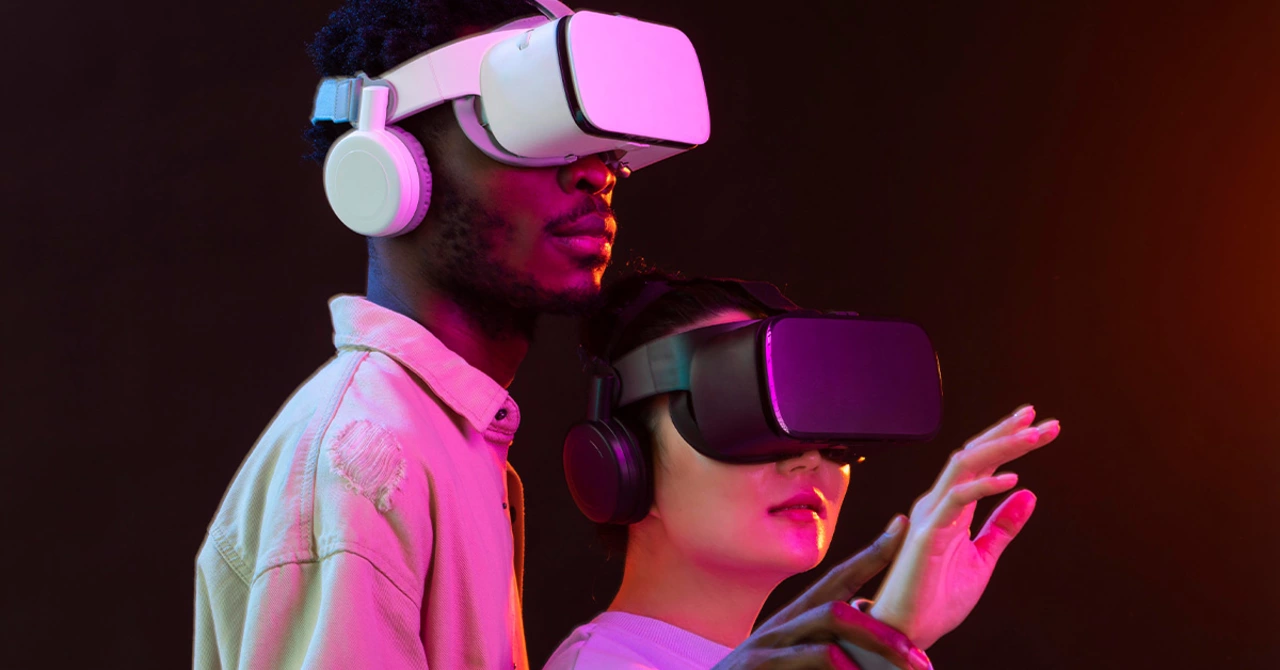
What is the role of technology in education at present?
by Drayton Everhart / 7 Apr 2023Technology has become an integral part of education in the 21st century. It has revolutionized the way information is imparted and consumed by students. Technology has enabled educators to make lessons more interesting, engaging and interactive. It has also enabled students to access a wealth of resources and to collaborate with their peers around the world. Technology has enabled students to develop new skills and gain knowledge faster and more efficiently. Moreover, technology has enabled educators to assess student learning more effectively and to provide personalized learning experiences. In short, technology has revolutionized the educational landscape, making learning more effective and enjoyable.
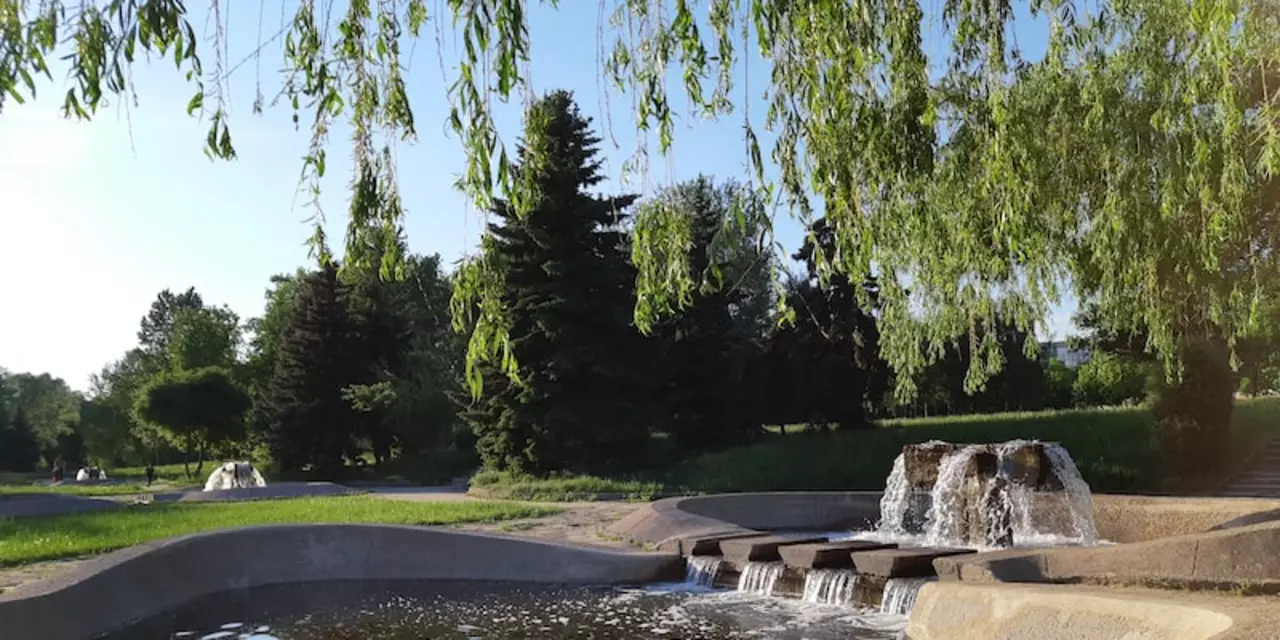
Is the educational system obsolete?
by Drayton Everhart / 15 Mar 2023The educational system has been in place for centuries, but is it still relevant in the 21st century? With the rapid advancement of technology, the role of education has shifted, leaving many to question whether traditional methods of teaching are still applicable. While the system is far from obsolete, it needs to evolve in order to equip students with the skills needed in the modern world. By updating curriculums, introducing more hands-on learning, and providing students with the tools to think critically and solve complex problems, the educational system can become more effective and prepare students for the future.
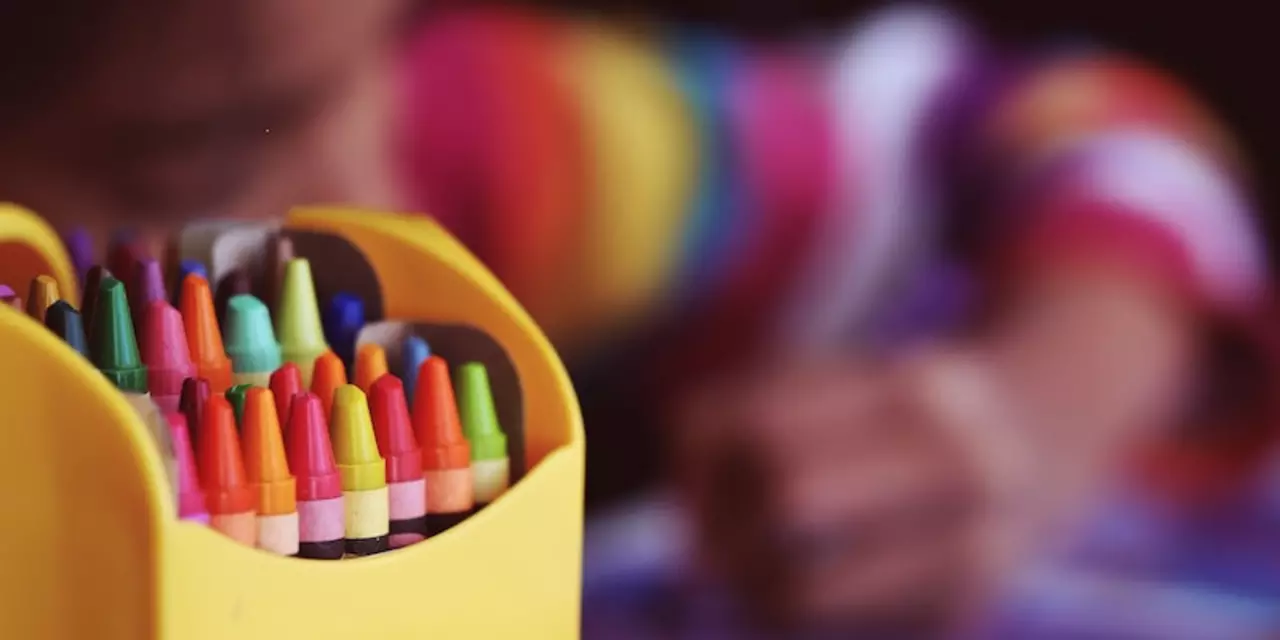
How does the US education system work?
by Drayton Everhart / 22 Feb 2023The United States education system is divided into three levels: primary, secondary, and higher education. Primary education is typically provided through kindergarten through fifth grade. Secondary education is provided by middle and high schools and typically covers sixth grade through twelfth grade. Higher education includes post-secondary education such as vocational schools, community colleges, and universities. Each state is responsible for providing primary and secondary education, while higher education is provided on both a state and private level. The curriculum in each state varies, although all states must adhere to the federal educational guidelines.
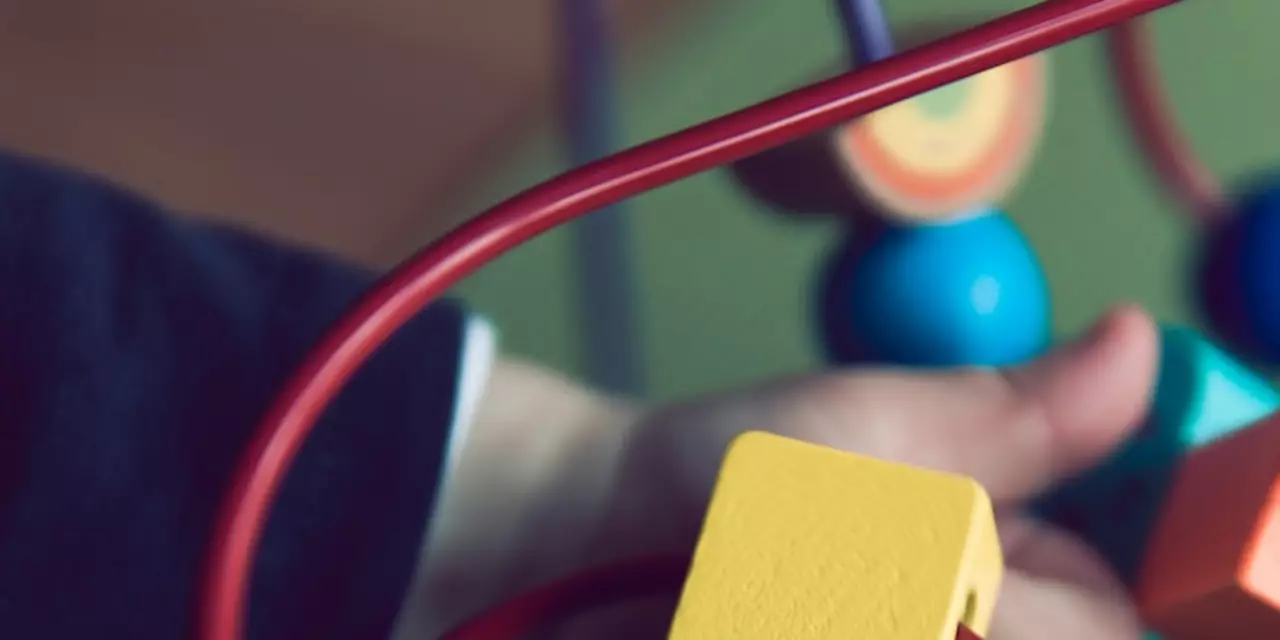
Why is Special Education considered as an intervention?
by Drayton Everhart / 6 Feb 2023Special education is an intervention designed to provide specialized instruction and support to students with physical, intellectual, emotional, or learning disabilities. It is designed to supplement and enhance the learning experience of students who have difficulty learning in traditional classroom settings. Special education interventions include individualized instruction, behavior management, and guidance. Special education interventions are based on the individual needs of each student, and aim to meet their unique learning needs. This intervention results in improved academic performance, social and emotional growth, and improved behavior and self-esteem. Special education is a valuable intervention that can significantly improve the life of students with disabilities.